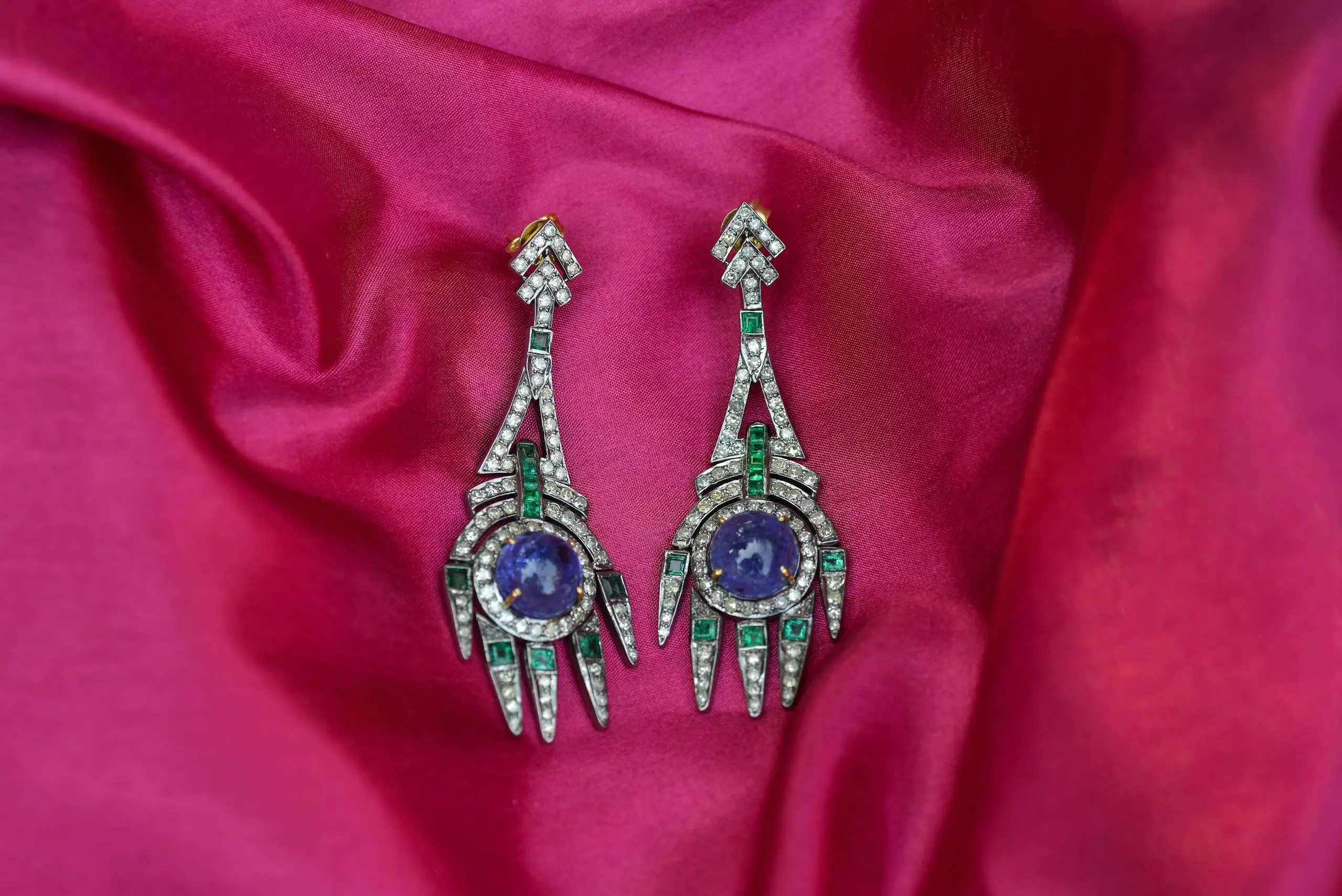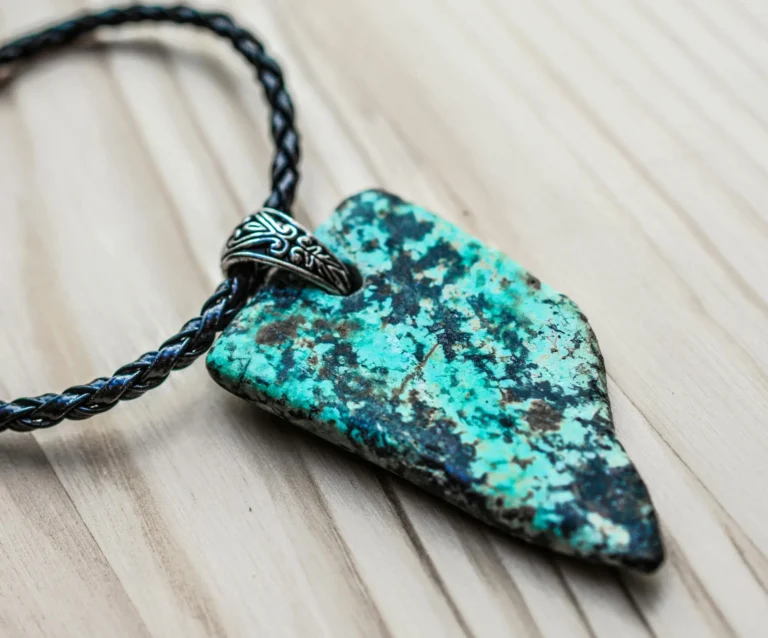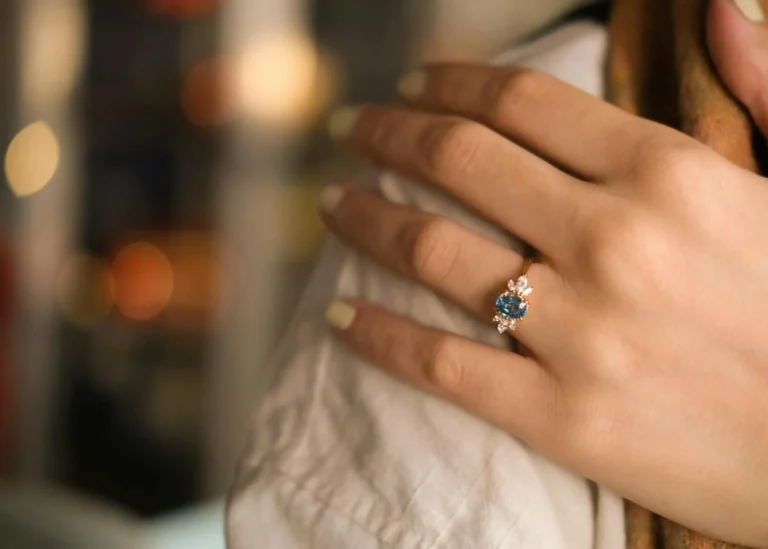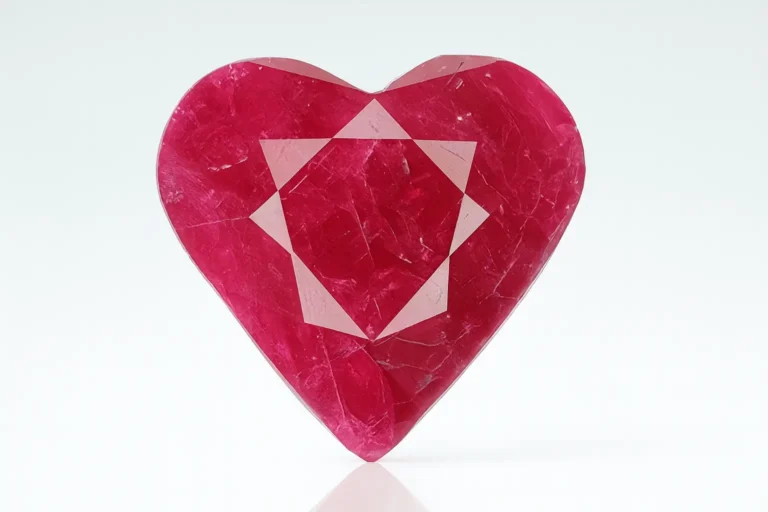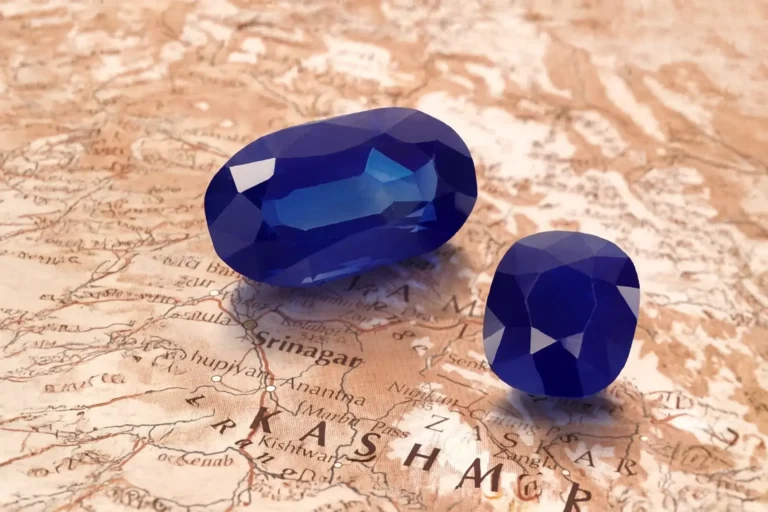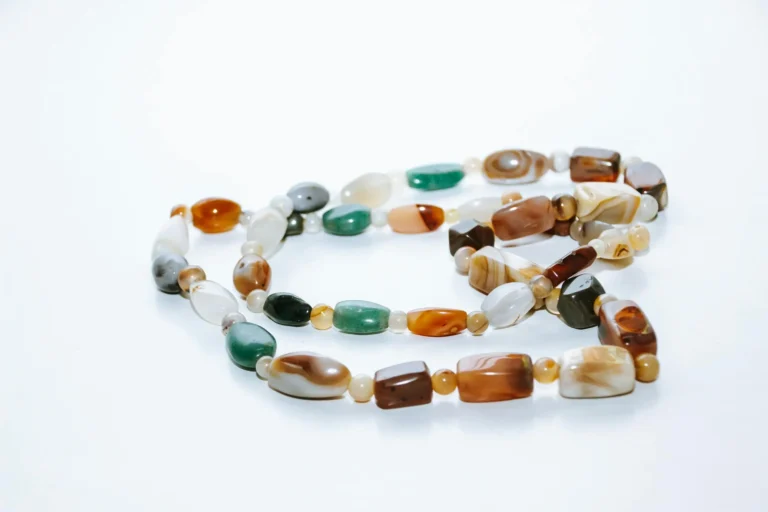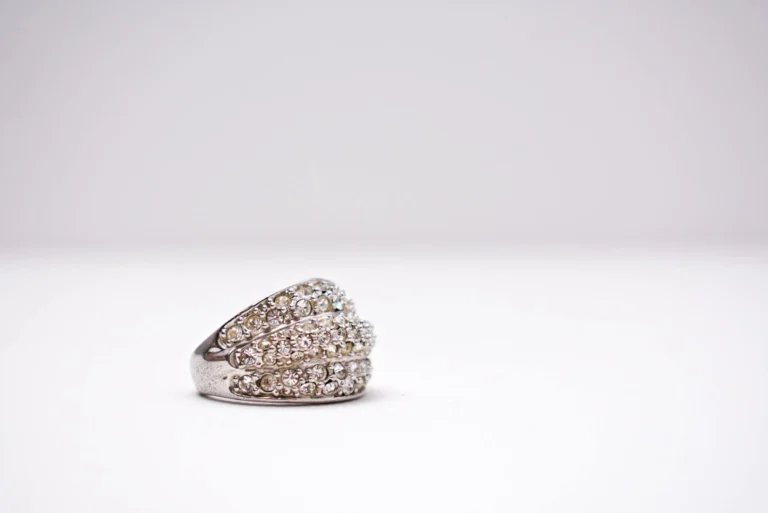Madagascar vs Sri Lanka Pink Sapphires: How Experts Identify Real Gems by Origin and Inclusions
Introduction
Within the corundum family, besides red rubies and blue sapphires, Madagascar pink sapphires are among the most beloved gems. In this blog, I’ll show you how to spot real Madagascar pink sapphires, tell them apart from Sri Lankan stones, and recognize their unique inclusions, helping you avoid costly mistakes when buying.
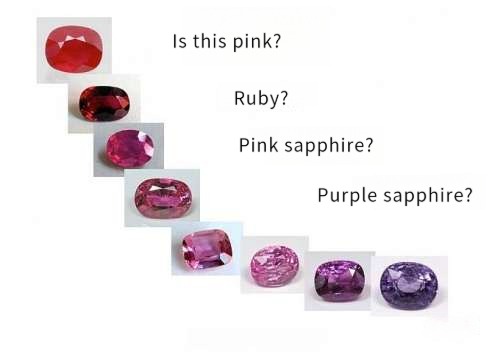
Now pause and ask yourself: What does the color pink look like in your mind?
Mini Lesson:
- Compared to Madagascan sapphires, Sri Lankan pink or blue sapphires tend to have a purer tone and greater brightness.
- Madagascan stones, on the other hand, often carry mixed tones—such as brownish or orangish hues—that make them look grayish or dull.
Comparing Sri Lankan vs. Madagascan Pink Sapphires
Sri Lankan Pink Sapphires
Some Sri Lankan pink sapphires display a vivid, almost “burning” pink. They are highly transparent, brilliant, and often found unheated. After cutting from rough, their color saturation remains very high. In the photos below, you can see how the stones show clean, pure tones without appearing gray or muddy, and without carrying brown or orange modifiers.
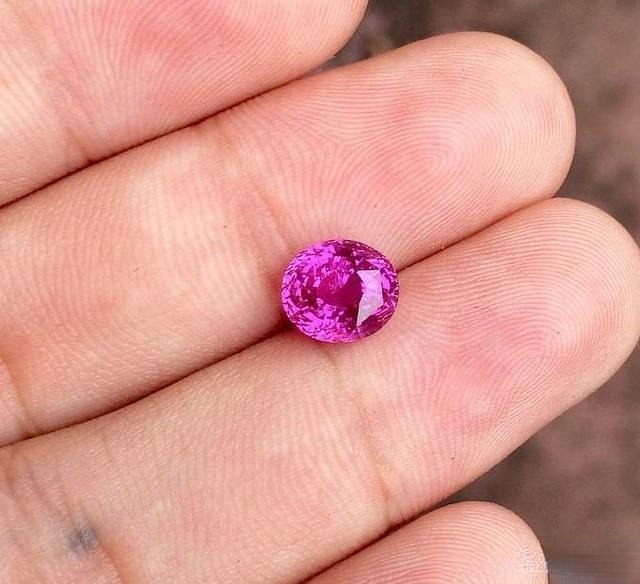
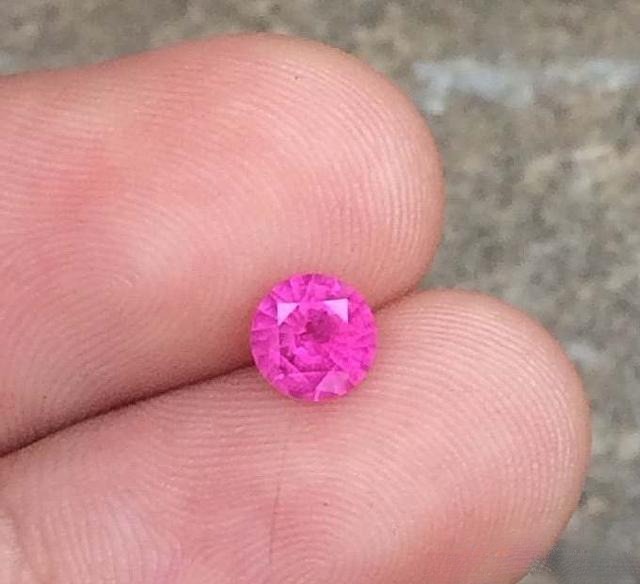
Madagascan Pink Sapphires
In contrast, many Madagascan pink sapphires show a noticeable orange tint. Because of this orangey-pink look, sellers sometimes misrepresent them as Padparadscha sapphires. Even gemological certificates may occasionally classify them this way.
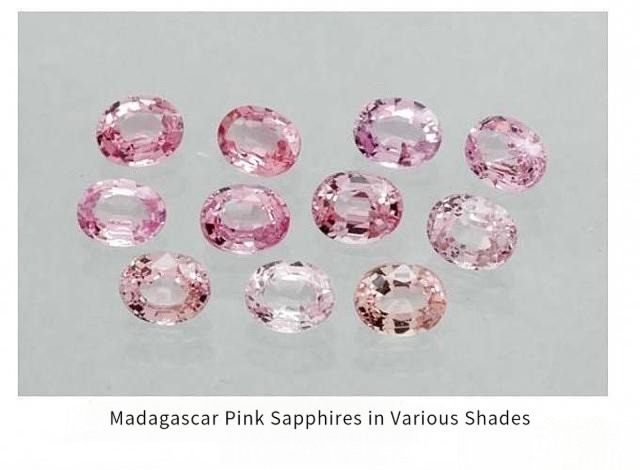
For example, this natural unheated stone from Madagascar appears grayish and slightly purple because of its higher blue content. It lacks the vibrancy of a true Padparadscha.
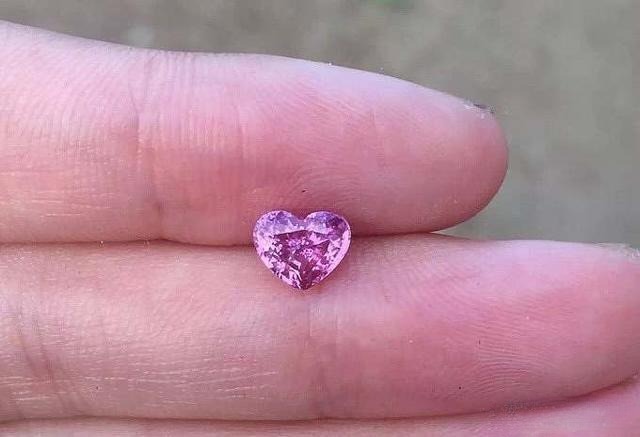
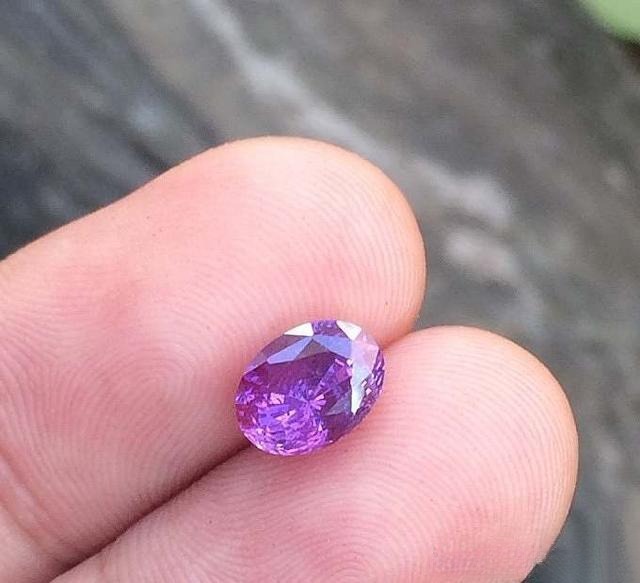
Beware of the “Padparadscha Impostors”
Because Madagascan pink sapphires often contain orange tones, they are frequently marketed as Padparadscha—the “King of Sapphires.” For commercial reasons, many jewelers in Sri Lanka sell Madagascan stones as Padparadscha, and some gem labs even issue certificates under this name.
Therefore, buyers should pay more attention to origin rather than simply the color label. Spending a fortune on a Madagascan pink sapphire mis-sold as Padparadscha is a real risk.
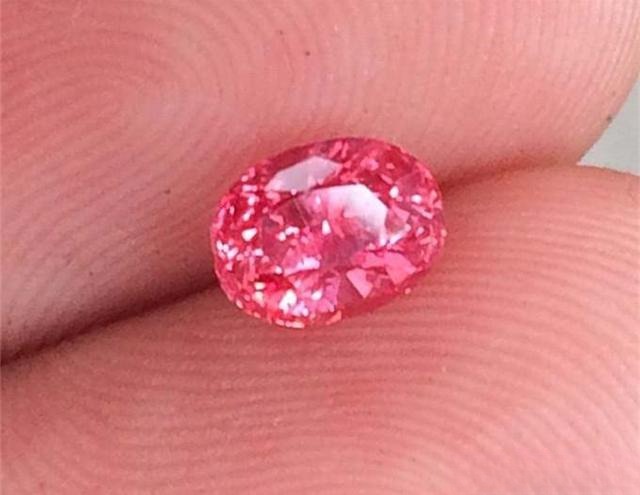
(Capturing true Padparadscha color on camera is especially difficult, so please understand that photos rarely reflect the gem’s beauty in full.)
Why Sri Lankan Pink Sapphires Are Often Heated
According to RGB color theory, pink is created by blending red and blue. In pink sapphires, this relationship is delicate: when too much blue is present, the stone tends to look purplish or dull. To enhance the purity of pink, gem workers in Sri Lanka often heat-treat rough sapphires to reduce the blue tones and bring out a more desirable pink.

Example: Dentelle Satin Pink Sapphire Earrings by Dior. In Sri Lanka, the vast majority of local pink sapphires—close to 99%—have undergone low-temperature heat treatment. Without a reliable certificate, buyers should remain cautious even if sellers insist that a sapphire is “unheated.” Many collectors, myself included, have learned this lesson through costly mistakes.
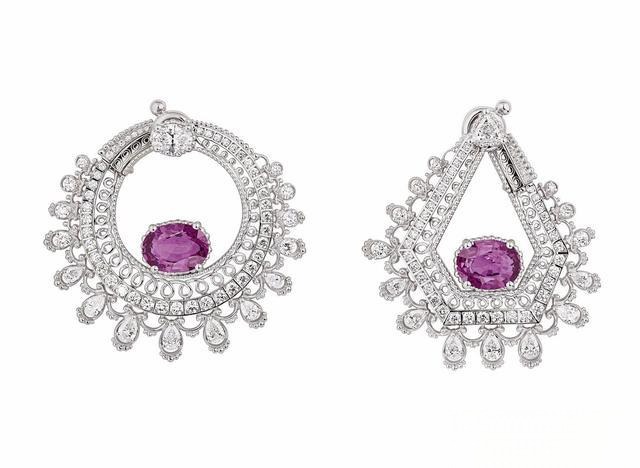
Example: Dentelle Tulle Pink Sapphire Bracelet by Dior. In many cases, sellers themselves are unsure whether their sapphires are heated, while in other cases, stones are deliberately mislabeled as “no heat.” Because most Sri Lankan pink sapphires are treated at low temperatures, it is almost impossible to detect this process by cutting or polishing alone. Some cutters claim to sense differences in hardness with heated blue sapphires, but such distinctions do not apply to low-temperature pink sapphire treatments.
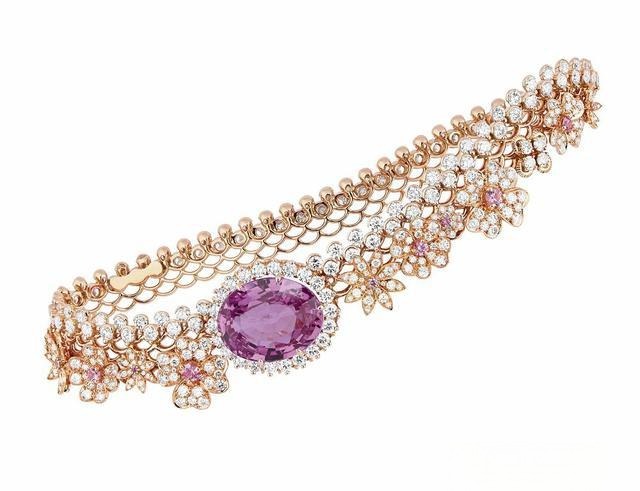
Example: Pink Aurora White Gold Necklace by De Gem. To achieve a cleaner and brighter pink, sellers frequently use heating methods to reduce or eliminate the bluish tone.
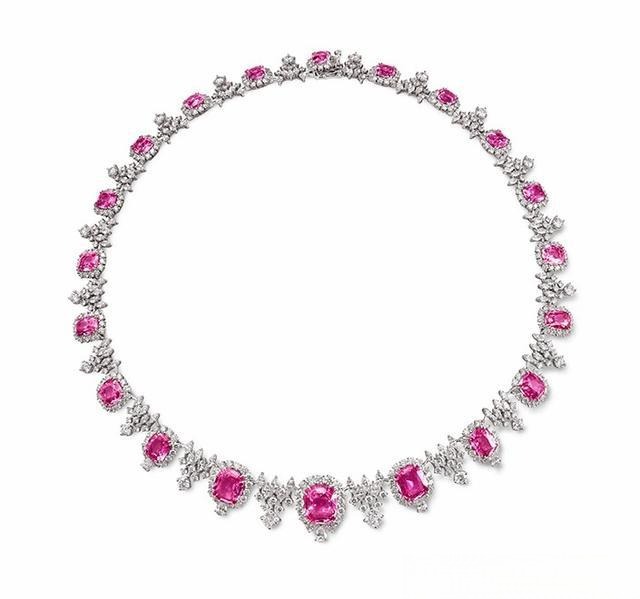
Example: Sunny Side of Life Pink Sapphire Earrings by Piaget. The common practice is to heat purplish-pink sapphires under controlled oxidizing or reducing conditions at 800–1000°C. At this stage, the blue tones gradually fade, yet detecting signs of treatment under a microscope becomes difficult. Once the heating temperature exceeds 1000°C, however, inclusions usually show clear evidence of treatment.
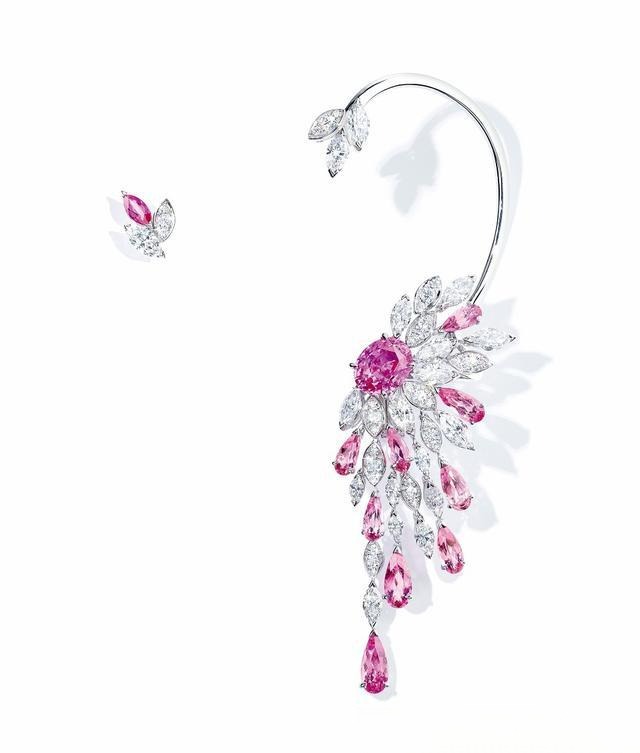
In Sri Lanka, a traditional technique still employed today involves using carbonized coconut shells as fuel to heat corundum. As a result, Sri Lankan pink sapphires stand out not only for their distinct tone and brightness compared with other origins, but also for their typically cleaner internal clarity.

Madagascan Pink Sapphires: Usually Unheated
Unlike Sri Lanka, most pink sapphires from Madagascar are sold without heat treatment. Beyond their delicate pastel tones, they also show diagnostic inclusions that help gemologists and buyers tell them apart.
The images below show natural unheated Madagascar pink sapphires, featuring abundant zircon inclusions in various shapes.
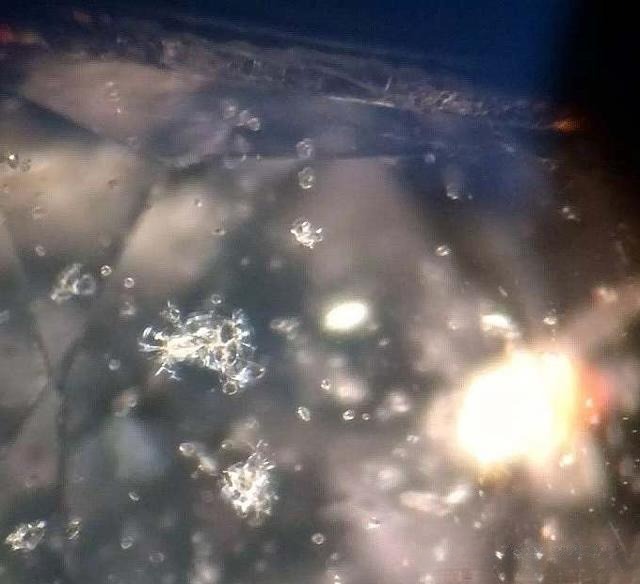
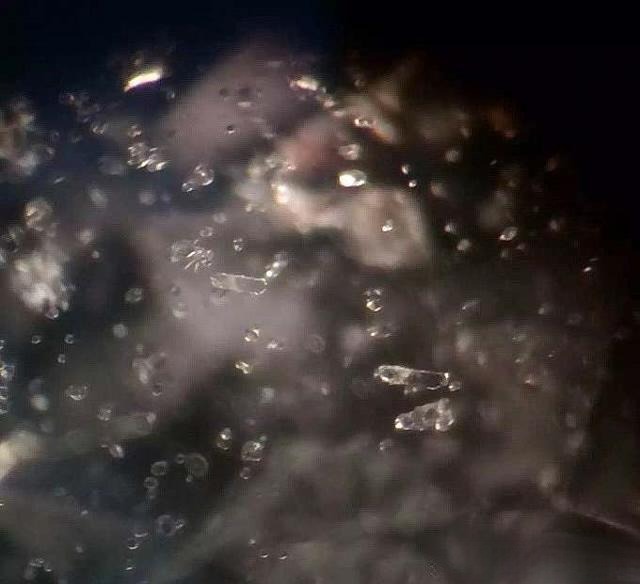
Key features often seen in Madagascan pink sapphires:
- Fingerprint-like inclusions – different in shape and pattern from those found in Sri Lankan stones.
- Needle-like inclusions – appearing in unique arrangements compared to Sri Lankan sapphires.
- Abundant zircon crystal inclusions – scattered densely throughout the gem in many shapes and sizes.
While zircon inclusions can also be found in Sri Lankan corundum, they rarely appear in such large numbers.
Because of these characteristics, Madagascan pink sapphires are often easier to identify and distinguish from their Sri Lankan counterparts.
How to Judge If Madagascan Pink Sapphires Are Heated
Now let’s discuss how to identify heat treatment in Madagascan sapphires. This involves observing inclusions, crystal changes, and sometimes advanced spectroscopy. Here are common practical methods:
1. Rutile Needles (Silk)
- Unheated stones: Rutile needles appear sharp, continuous, and display colorful interference under fiber-optic light.
- After heating: Needles look “fuzzy,” broken, or lose their luster.
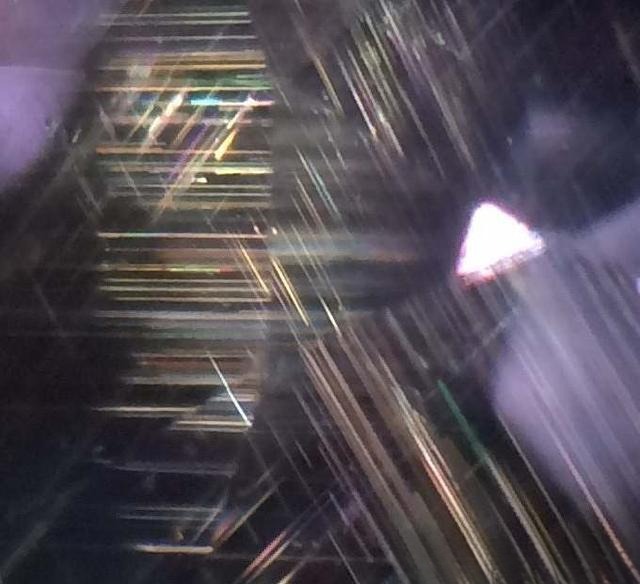
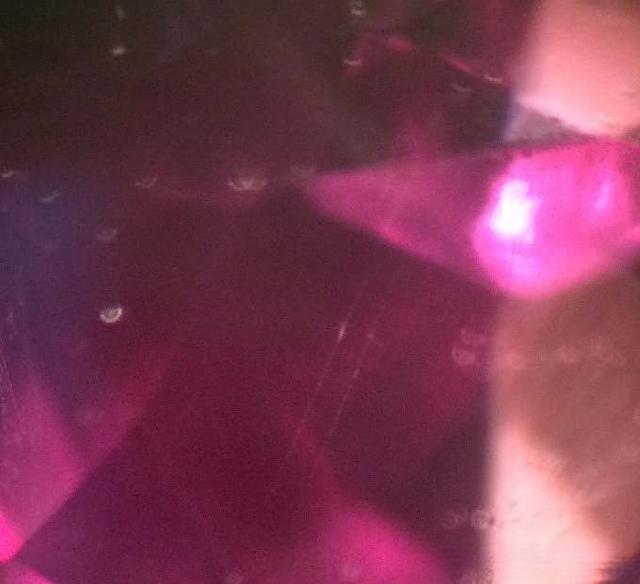
2. Zircon Inclusions
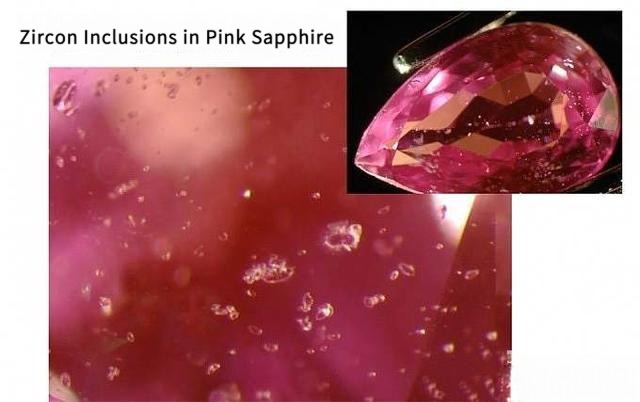
Zircons are highly sensitive to heat, making them a key indicator for detecting heat treatment in sapphires.
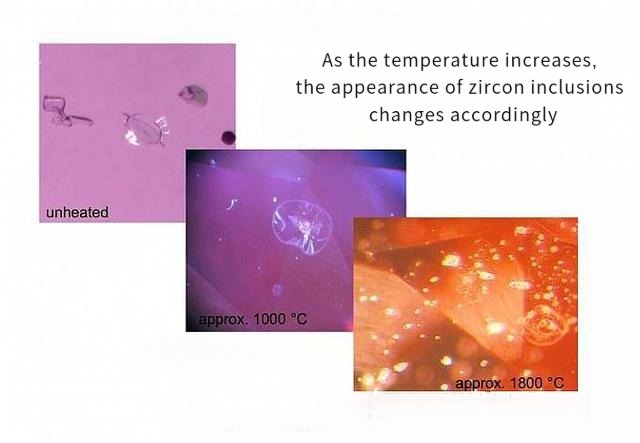
- Before heating: Zircon inclusions are sharp, angular, and well-defined.
- At ~1000°C: Zircons begin to alter due to heat.
- At ~1800°C: Zircons may melt or burst, forming discoid or ring-shaped “coral island” structures—classic evidence of heat treatment.
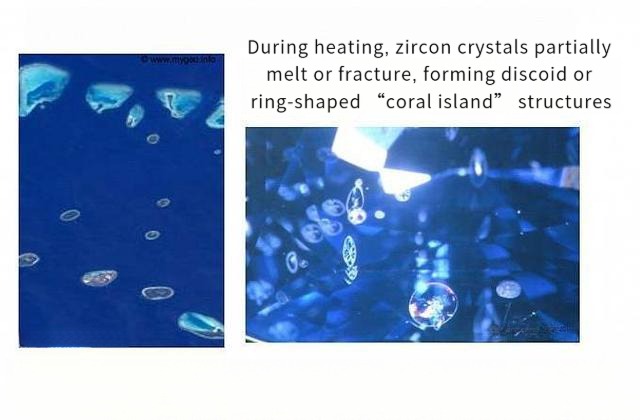
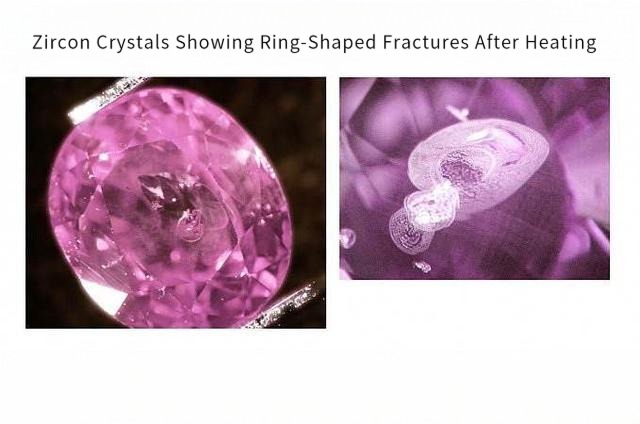
In natural unheated Madagascar pink sapphires, zircons appear abundant, sharp, and clearly defined. Observing changes in zircon shape under different heating conditions provides a reliable way to determine if a sapphire has undergone heat treatment.
3. Raman Spectroscopy
- Raman analysis can confirm heat treatment in a professional lab.
- Complex for consumers, but a vital gemological tool.

Final Thoughts – From Peonyjewels
Whether buying Madagascar, Sri Lankan, or Vietnamese pink sapphires, the gemstone trade is filled with both treasures and traps. Buyers need a solid base of knowledge to avoid costly mistakes.
This article has aimed to highlight:
- How to distinguish Sri Lankan vs. Madagascan pink sapphires based on color tones and inclusions.
- How to identify signs of heat treatment.
At Peonyjewels, we continue learning and sharing our passion for colored gemstones. If you, like us, enjoy exploring the beauty and science of gems, let’s keep the conversation going and discover how our handmade vintage earrings bring this same artistry and craftsmanship to wearable jewelry!

